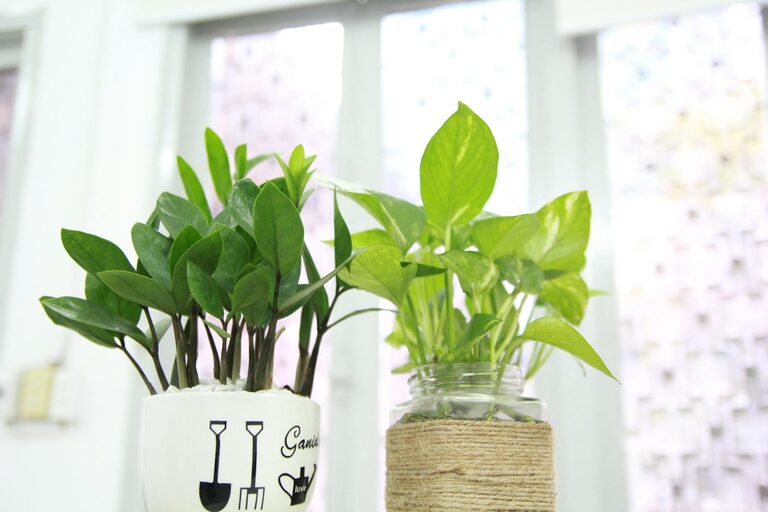
Bringing houseplants into your living space can brighten up any room and improve air quality. However, keeping them healthy requires a bit of care and attention. Whether you’re a seasoned plant parent or just starting, these practical tips will help you ensure your indoor plants thrive.
Understanding Your Plant’s Needs
Not all houseplants are the same. Each species has unique requirements for light, water, temperature, and humidity. Start by identifying the type of plant you have and researching its specific care guidelines.
– Light: Some plants, like succulents and cacti, love bright, direct sunlight. Others, like ferns and snake plants, prefer low to medium light.
– Water: Overwatering is a common mistake. Check the soil moisture before watering. Most plants prefer the soil to dry out slightly between waterings.
– Humidity: Tropical plants such as philodendrons and monsteras benefit from higher humidity. You can increase humidity by misting, grouping plants together, or using a humidifier.
– Temperature: Keep plants away from drafts, radiators, or air conditioners. Most houseplants thrive in temperatures between 65-75°F (18-24°C).
Watering Your Houseplants Correctly
Water is crucial, but too much or too little can harm your plants.
– Check soil moisture by sticking your finger an inch deep into the soil. If it feels dry, it’s time to water.
– Use room temperature water to avoid shocking the roots.
– Water thoroughly until excess drains from the bottom of the pot, but never let plants sit in standing water.
– Adjust watering frequency seasonally; plants usually need less water in winter.
Choosing the Right Soil and Pot
Healthy roots mean healthy plants.
– Use well-draining potting mix suitable for your plant type. For example, cacti and succulents need sandy, porous soil, whereas ferns prefer moisture-retentive soil.
– Select pots with drainage holes to prevent waterlogging.
– Repot plants every 1-2 years or when they outgrow their current container, refreshing the soil to provide nutrients.
Feeding Your Plants
Plants need nutrients to grow strong and vibrant.
– Use a balanced, water-soluble fertilizer once a month during the growing season (spring and summer).
– Reduce or stop fertilizing during the plant’s dormant period (fall and winter).
– Avoid over-fertilizing as this can cause leaf burn or salt buildup in the soil.
Pest Prevention and Control
Indoor plants can sometimes attract pests like spider mites, aphids, or mealybugs.
– Regularly inspect your plants, especially the undersides of leaves.
– Wipe leaves with a damp cloth to clean dust and discourage pests.
– Use natural remedies such as insecticidal soap or neem oil if pests appear.
– Isolate new plants for a few weeks to prevent introducing pests to your collection.
Regular Maintenance for Long-Term Health
Taking time for routine care will keep your houseplants happy.
– Prune dead or yellowing leaves to help the plant focus energy on new growth.
– Rotate plants periodically to ensure even light exposure.
– Keep leaves clean by dusting or wiping with a soft cloth.
– Monitor plants for signs of stress like drooping leaves, discoloration, or slow growth, and adjust care accordingly.
Creating the Best Environment for Your Plants
Your home environment plays a big role in plant health.
– Place plants near windows but avoid intense midday sun that might scorch tender leaves.
– Consider supplementing natural light with grow lights if your house lacks sufficient daylight.
– Maintain consistent temperature and humidity levels.
– Avoid exposure to pollutants like cigarette smoke or volatile chemicals.
Conclusion
Caring for houseplants is a rewarding hobby that adds beauty and freshness to your home. With a little attention to their specific needs—right light, proper watering, feeding, and pest control—you can enjoy lush, healthy plants year-round. Start small, learn from each plant’s signals, and soon you’ll become a confident and successful plant caregiver.
Happy planting!
